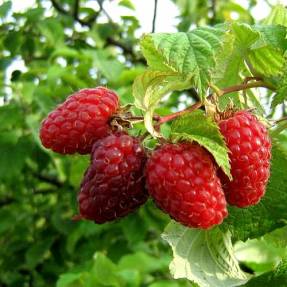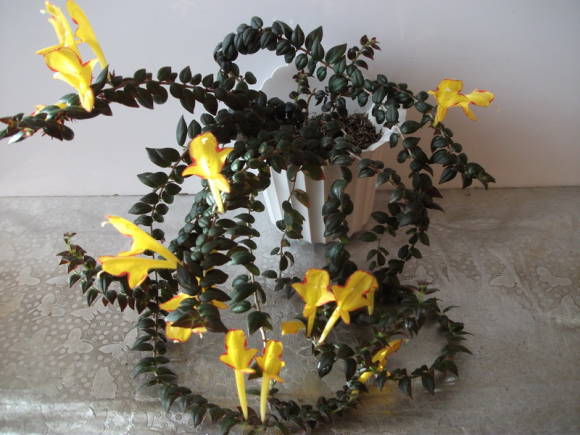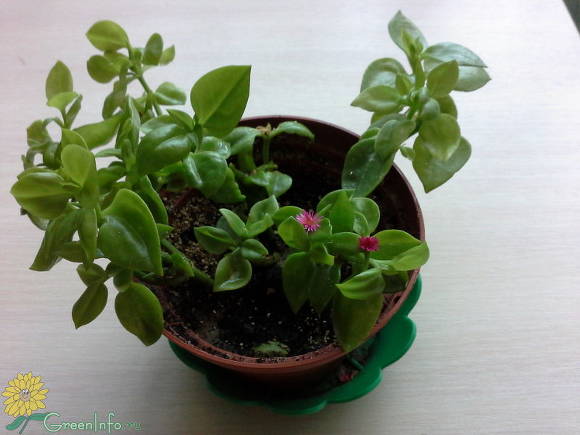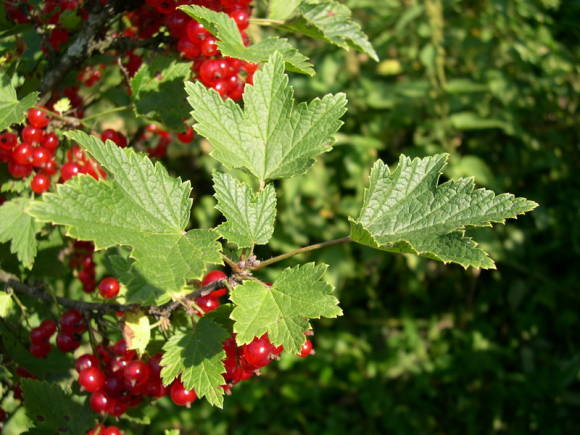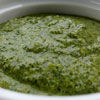
Samovar, like a bass from a choir,
hums in your honor.
Even a porcelain cup
I have, just imagine.
Bulat Okudzhava
Today we know a lot about the famous English tea drinking - Five o'clock Tea - a rigorous ritual that was formed in England thanks to Anna Russell, Duchess of Bedford. A fairly large number of our citizens have an idea of the Japanese and Chinese tea ceremonies, we even know about the South American mate and types of calabash. And to the offensive, few people know today about the Russian rituals of the tea table, which included many elements carried through the centuries, as well as about the traditional Christmas tea drinking. We will talk about them further, but first, a little about the appearance of the tea leaf in Russia.
The history of the emergence of tea in Russia
The first tea appeared in our country in the middle of the 16th century. The tea leaf was brought from expeditions to Southeast Siberia by Cossack chieftains.
In 1638, tea appeared at the Russian royal court. The ambassador of the Russian Tsar Mikhail Fedorovich Romanov, the boyar son Vasily Starkov, visited the headquarters of a West Mongolian khan with gifts - Russian sables, and in return received four pounds of "Chinese" grass. Our tsar and his boyars liked the Asian drink very much. Already in the middle of the 17th century, an agreement was signed with China on regular supplies of tea to Moscow. The price of an exotic drink was huge - tea cost 11 times more expensive than black caviar, but there were more and more supporters of tea, dried "Chinese herb" was sold out very quickly. And by the middle of the 18th century, more tea was drunk in Russia than in Europe!
Russian people not only quickly appreciated the new drink, but also became connoisseurs of it. European travelers noted that they drink very good tea in Russia. And this was true, because at that time the tea leaf was brought to European countries by sea, and its quality deteriorated significantly from such transportation. And of all European countries, only Russia had the opportunity to import tea by land. Already in those years, Russian tea gourmets highly valued the pekoe variety, which has a particularly delicate taste and exquisite aroma - tea made from the apical bud of a tea bush. At the beginning of the 19th century, the rare and expensive white tea "Silver Needles" was especially fashionable in Moscow, and St. Petersburg preferred the famous Chinese tea with jasmine.

In addition, Russian tea connoisseurs boldly experimented with methods of brewing their favorite drink and additives to it. The famous Russian writer I.A. Goncharov once remarked that drinking Russian tea means drinking brewed tea, and the British “brew it as usual, like cabbage”! By the way, today Russia has given the world such a widespread custom of putting a slice of lemon in tea.
The tea bag is believed to have been invented by the American grocer Thomas Sullivan in 1904. But back in the middle of the 19th century in Russia, “tea tied in a clean muslin with a thin ribbon attached to it” was lowered into a samovar. This method of brewing tea for family tea drinking was described in the famous cookbook by Elena Molokhovets "A Gift to Young Housewives", first published in Russia back in 1861.
It should be noted that the appearance of tea in our country contributed to the development of production and its attributes in Russia. Without a doubt, the unique "partner" of tea in Russia is the samovar, which over time, and perhaps for all times, has become one of the most recognizable symbols of our state in the world. Following the samovar, tea gave a quick impetus to the development of Russian porcelain. Elizaveta Petrovna ordered the founding of the Imperial Porcelain Factory, and Catherine II ordered the production of such tea sets "so that they would not be inferior in quality to either Eastern or European ones!" Very soon, the unique family tea sets of the Russian nobility first became an integral part of table setting, and then a part of family fortunes and national history.The porcelain tea set was a dream and a source of pride for any Russian hostess.
Of course, tea in those days meant exclusively Chinese varieties of tea leaves, Indian tea will come to Russia much later.
For the sake of fairness, it should be noted that the rural population still gave preference to drinks familiar from the time of their ancestors. Therefore, in the villages they drank "Koporsky" tea - a drink made from dried leaves of ivan tea; fruit teas, which are brewed from a mixture of crushed fruits and aromatic herbs; and even teas from the leaves and bark of some trees.
Just some 150 years ago, with the widespread distribution of samovars throughout Russia, the process of "drinking tea" in our country was a ritual no less significant than in Britain.
Russian traditions of tea drinking
One of the most important features of the Russian ritual of tea drinking is a richly decorated table with its main "steward" - a sparkling pot-bellied samovar. The samovar was placed directly on the tea table or on a special small table placed at the end of the table. The samovar was “fed” with spruce cones, which perfectly retained the heat. The resinous, slightly bitter scent of spruce smoke has relaxing and soothing properties. Samovars were appreciated not only for their appearance, but also for their "musicality". Before boiling, the samovar began to sing, the famous masters knew how to give their samovars unique voices. The unique voice of the samovar and his song gave a special comfort and tranquility to the tea table. Tea was brewed so much that it was enough for a long leisurely conversation of all those participating in the tea drinking, and they drank six or seven cups of tea at a time, or even more.

An integral attribute of the Russian tea table setting is an elegant linen tablecloth, and always starched! On the table were placed: a teapot with a strainer, a sugar bowl with tweezers, spoons, glasses in cup holders for men and elegant Chinese cups for women.
Tea was accompanied by tea treats - in a very large assortment. Sugar and hot cream or milk with froths, previously simmered for about an hour in a ceramic pot in the oven, were necessarily served with tea. And besides the obligatory sugar, milk and cream, it was butter, several varieties of jam, honey and a lot of pastries: croutons, rolls, bagels, cookies, biscuits, gingerbread, pies and buns of all kinds. By the way, tea jam also had to meet certain requirements: the berries in it had to be only whole, and the syrup - thick and viscous. Well, how can a meager English tea party compete with us?
Only the hostess of the house poured tea; in an emergency, the eldest of the daughters in the family was entrusted to manage the tea table. According to the unwritten rule of the Russian tea ceremony, tea should always be poured by the same person who knows all the subtleties of this process. Real tea in those days was an expensive delicacy, so it was especially important not only to be able to make delicious tea, but also to be able to “not sleep tea”, that is, pour it so that each of the participants in the tea party received tea of the same strength, and the hostess did not allow would be a large consumption of dry tea.
A wonderful and also very colorful attribute of Russian tea drinking is special heating pads that were used to cover the teapot. Tea warmers were sewn from dense material, giving them the shape of large cockerels, fairy birds or nesting dolls. Many of these heating pads are true masterpieces of Russian folk decorative art.
Russian tea drinking is alien to all fuss and haste, it is a process that requires time and seriousness! Russian tea drinking is a sacrament for the initiated! At the table they drank six or seven cups of tea at a time, as they say, with feeling and with sense. Over tea, important family and business negotiations were conducted, deals were made and contracts were signed.
It was not necessary to add 1 cm to the edge of the portioned tea ware, as tea etiquette demanded.
From nobility to common people
In bourgeois and merchant families, tea was served in cups on deep saucers, from which they drank it in a bite with lump sugar or jam, holding the saucer in the palm of your hand in a special way with ostentatious chic.
Tea was a very popular drink in Russian taverns, especially in Moscow. There tea was served in full glasses, always poured to the very top. After all, in taverns it was drunk mainly by visiting merchants, minor officials, students and common people, who had the right to demand for their honest penny that the glasses were filled to the very brim. Serving such tea demanded from the waiters of those times a special ability to maneuver among the visitors with trays on which there were glasses of tea poured "toss". You can read about this especially vividly in V. Gilyarovsky.

Russian Christmas tea party
Russian Christmas tea drinking had its own characteristics of table setting and serving of accompanying dishes.
The first stage of the Christmas tea-drinking took place on Christmas Eve, i.e. during the Nativity Fast, therefore the tea ritual had variations. Those who kept a strict fast drank tea without brewing at all, tea was called simple boiling water with a bite with small rye croutons. Those who fasted less strictly gathered around the family pot-bellied samovar to drink tea with bagels, lean cakes and honey.
The table for this stage of the tea ceremony was served in families of poor people - most often with faceted glasses, in more prosperous ones - with a separate, "lean" tea set.
And finally, the anticipation of Christmas after the first Liturgy gave way to breaking the fast. It's midnight in the yard, a generous meat festive dinner awaits the family in the afternoon, but for now - only tea, but already a festive one! The second stage of the Christmas tea-drinking came. That is why the housewives in every house happily and quickly changed the dishes on the table, cups replaced glasses - for some, the festive service was replaced by the "lean" one - for others. The treats on the table were also magically transformed, here you already have sugar and cream, rich rolls and cakes, sieve bread. We didn't eat much in order to have time to have a good rest before the big holiday.

On the very day of Christmas - in every Russian house a plentiful table was laid with numerous meat dishes and snacks, an abundance of pastries and sweets. And, of course, a rich and sweet tea at the end of the meal!
Statistics say that today on our planet every second people drink about two million cups of tea. Tea is drunk in modern megalopolises and in small villages, in the hot countries of Africa and at polar stations. Tea is drunk both in joy and in sorrow; getting ready for and coming from work, on weekdays and holidays. So we can safely say that the triumphal procession of tea across our planet continues.
Of course, today our tea traditions have changed, but the main thing can and should remain unchanged at all times - the warmth and comfort of the home, where you can gather at the table with the whole family, and even with friends, and drink plenty of strong fragrant tea, it would also be nice from the great-grandmother's samovar, polished to a shine!
